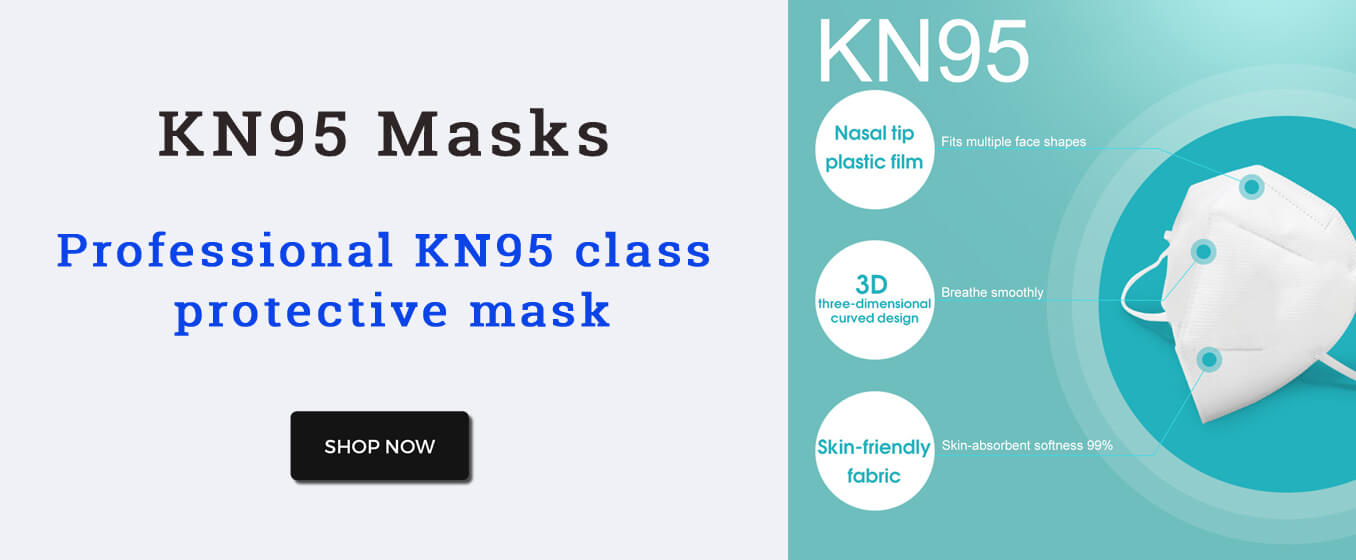With the advent of a novel H1N1 influenza outbreak in spring 2009 and the expectation of a second wave during the 2009–2010 flu season, there has been considerable interest in the use of surgical masks (facemasks) and respirators as infection control measures. Although their appearance is often similar, respirators are designed and engineered for distinctly different functions than surgical masks. The amount of exposure reduction offered by respirators and surgical masks differs. The National Institute for Occupational Safety and Health (NIOSH) and the Centers for Disease Control and Prevention (CDC) recommend the use of a NIOSH-certified N95 or better respirator for the protection of healthcare workers who come in direct contact with patients with H1N1.
How do surgical mask and respirator filters perform?
Respirator filters that collect at least 95% of the challenge aerosol are given a 95 rating. Those that collect at least 99% receive a “99” rating. And those that collect at least 99.97% (essentially 100%) receive a “100” rating. Respirator filters are rated as N, R, or P for their level of protection against oil aerosols. This rating is important in industry because some industrial oils can remove electrostatic charges from the filter media, thereby degrading (reducing) the filter efficiency performance. Respirators are rated “N” if they are not resistant to oil, “R” if somewhat resistant to oil, and “P” if strongly resistant (oil proof). Thus, there are nine types of particulate respirator filters:
- N95, N-99, and N-100
- R-95, R-99, and R-100
- P-95, P-99, and P-100
- Shop online KN95 mask at https://clcarbonlife.com/shop/mask/kn95-masks-9501-particulate-respirator-nose-clip-face-masks/



